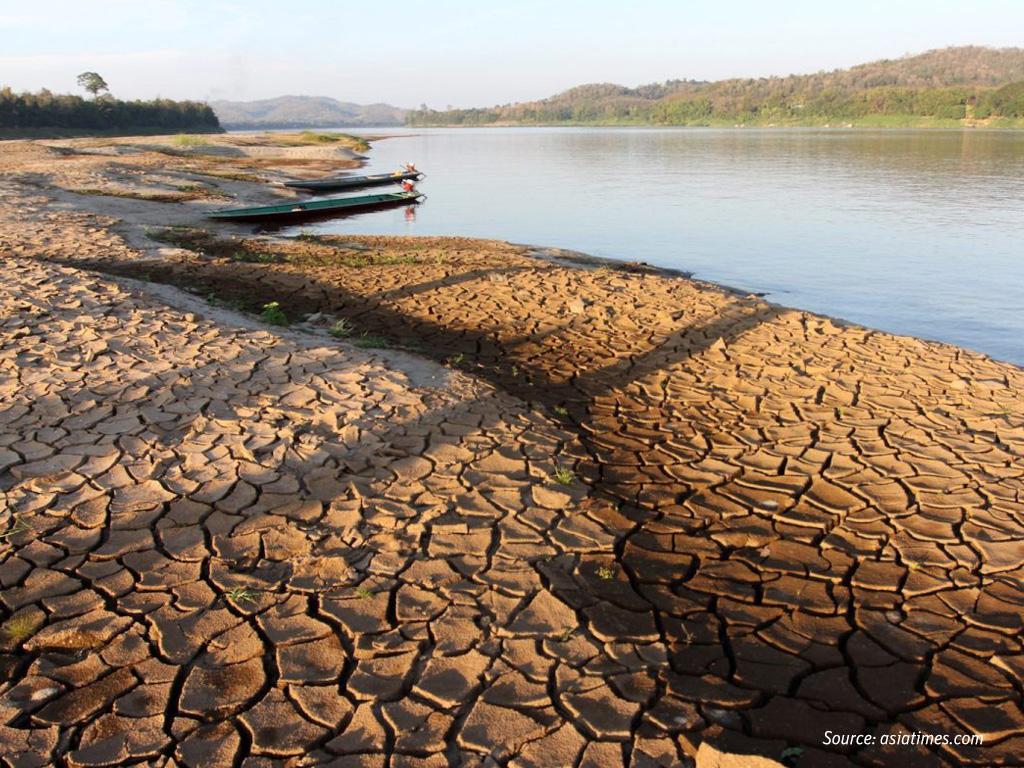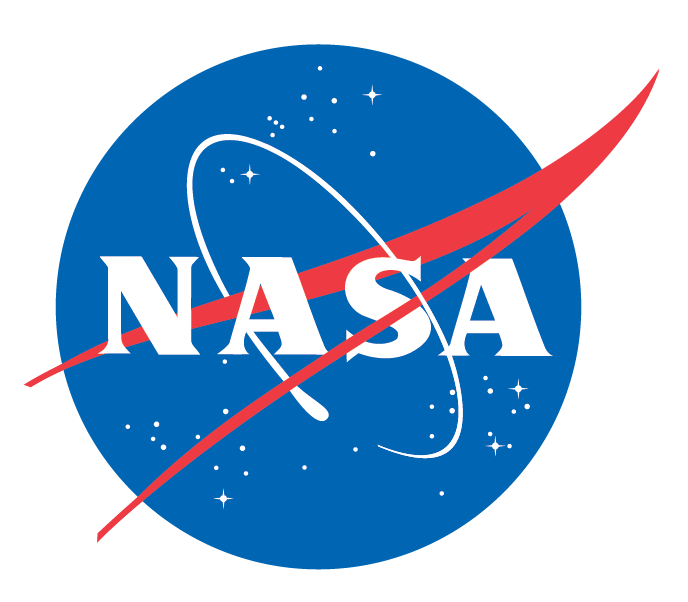Mekong Drought and Crop Watch
Droughts in the Lower Mekong region negatively impact ecosystem services, food and water security, and biodiversity. These impacts are exacerbated by climate change, further highlighting the need for improved governance and decision-making in virtually all sectors.

Application Purpose
This integrated web-based information system is intended to (1) improve the operational, technological, and institutional capabilities to prepare for and respond to droughts in the Lower Mekong region; (2) support local decision-makers in drought monitoring, analysis, and forecasting; (3) provide policy makers and growers with current and forecast drought indices to facilitate decision-making within the current growing season; and (4) provide ecological and financial forecasting information to inform seasonal cropping decisions. Subsequent functionality may include additional information relevant to decisions at sub-seasonal or multi-year temporal scales.
Application Uses
The system can be used to assist local governments and the agricultural sector with seasonal drought forecasting and in implementing short and long-term mitigation measures during and in advance of droughts. It can also be used to characterize droughts through accurate, reliable, and timely estimates of their severity and impacts. In addition, the system can inform assessments of the economic, social, and environmental impacts of drought on vulnerable people and water-related resource systems. And finally, it can help develop critical regional and local thresholds reflecting increasing levels of risk and vulnerability to drought, as agreed by stakeholders.
- Vietnam Academy of Water Resources (VAWR)
- Agriculture and Irrigation Departments of Lower Mekong countries
- Meteorology and Hydrology Departments
- Water Resources Department
- National Mekong Committees
- Farmers
- Government agencies responsible for agricultural policy, compensation programs, etc.
- Private companies dependent on seasonal crop outputs (such as BetaGro., etc.)
- Private companies dependent on water resources (such as Coke, etc.)
- Regional Hydro-Extreme Assessment System (RHEAS) Model
- Climate Hazards Group InfraRed Precipitation with Station data (CHIRPS)
- NCEP Reanalysis Data
- NMME Meteorological Forecast Data
- AMSR-E/SMAP/SMOS Soil Moisture
- MODIS Leaf Area Index Data
- MODIS Evapotranspiration Data
- Harmonized World Soil Database



